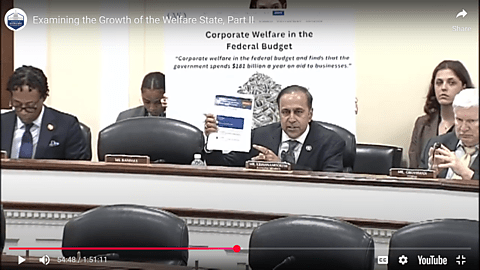
I wrote here in 2020 and here in 2022, and I warned lawmakers in oral testimony here last March, nitazenes might soon displace illicit fentanyl/xylazine combinations—which are fast displacing illicit fentanyl and its analogs—as the next big drug crisis. Now, a report in the UK Independent suggests my premonition is coming true.
Potent synthetic opioids known as nitazenes—some of which are 500 times stronger than morphine— have been detected in at least 20 postcodes around the UK since September, in a worrying surge in availability, The Independent can reveal.
In the late 1950s, the Swiss pharmaceutical company CIBA created nitazenes to treat pain. This class of synthetic opioids is more potent than fentanyl. The company never brought it to market. However, the World Health Organization reported that isotonitazene was found in toxicology studies in several European countries and the UK beginning in 2019. In September 2022, the Tennessee Department of Health reported that overdose deaths from nitazenes had increased four‐fold between 2019 and 2021. Drug users in this country refer to the drug as “iso” for isotonitazene.
According to The Independent, all parts of Britain experienced a “big influx” of nitazenes this past summer. London’s Metropolitan Police seized over 150,000 nitazene tablets in a drug haul last October, the largest synthetic opioid bust to date.
A drug testing service reported that, since September, nitazenes were found in 20 samples of black market benzodiazepines (common tranquilizers such as Xanax) that were tested in “every corner of the UK.” A spokesman for the drug testing center said, “People who purchase benzodiazepines wouldn’t necessarily expect them to be adulterated with nitazenes. This creates obvious potential concerns for ill‐effects or overdose as a result.”
Fortunately, the opioid overdose antidote naloxone also works for nitazene overdoses, though they may require larger doses.
As I wrote last year,
News reports about the growing presence of nitazenes among the mix of street drugs should come as no surprise to anyone familiar with what has come to be known as “the iron law of prohibition.”
An application of what economists call the Alchian‐Allen Effect, the concept was applied to prohibition (alcohol, cannabis, and other illicit substances) by Richard Cowan in the 1980s, who stated it simply: “The harder the enforcement, the harder the drugs.”
Prohibition incentivizes drug dealers to create more potent forms of the drug that can be smuggled more easily in smaller sizes and divided into more units to sell.
In my testimony before the House Judiciary Committee Subcommittee on Crime and Government Surveillance last March, I stated,
I urge the Subcommittee to avoid doubling down on policies that will not only fail to stem the flow of illicit fentanyl but will fuel the development of more deadly replacements.
I also cautioned the Subcommittee,
Because most health departments have not been testing for nitazenes, we are unaware if nitazenes are becoming more prevalent among black market drugs. Yet, I wouldn’t be surprised if, two or three years from now, we are talking about the “nitazene crisis” instead of the fentanyl crisis.
Sadly, we might be talking about the “nitazene crisis” sooner than I thought.



